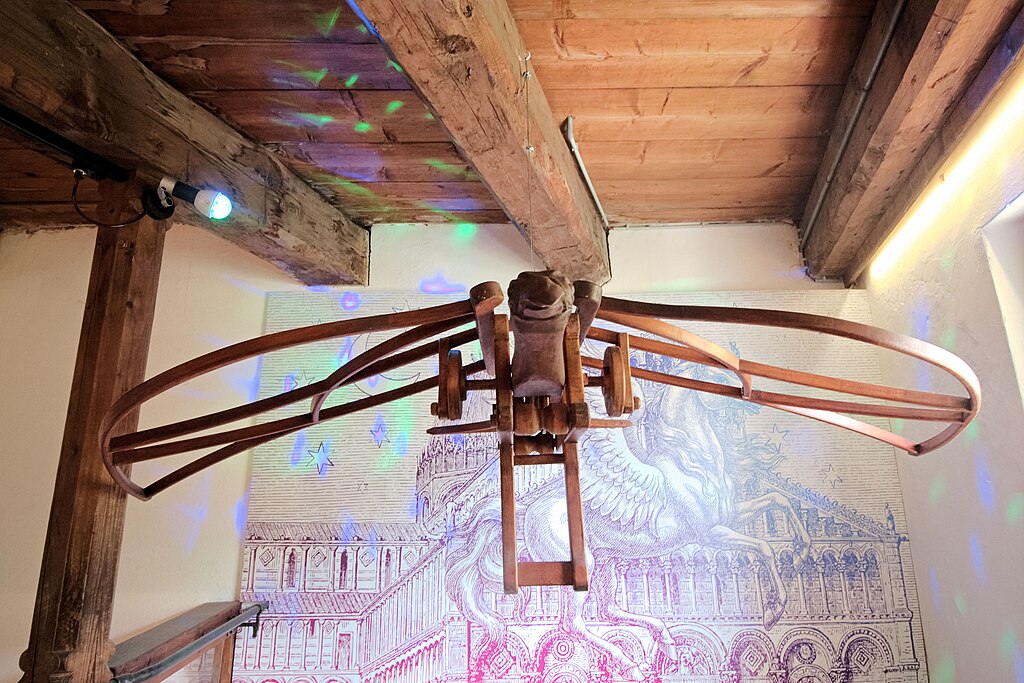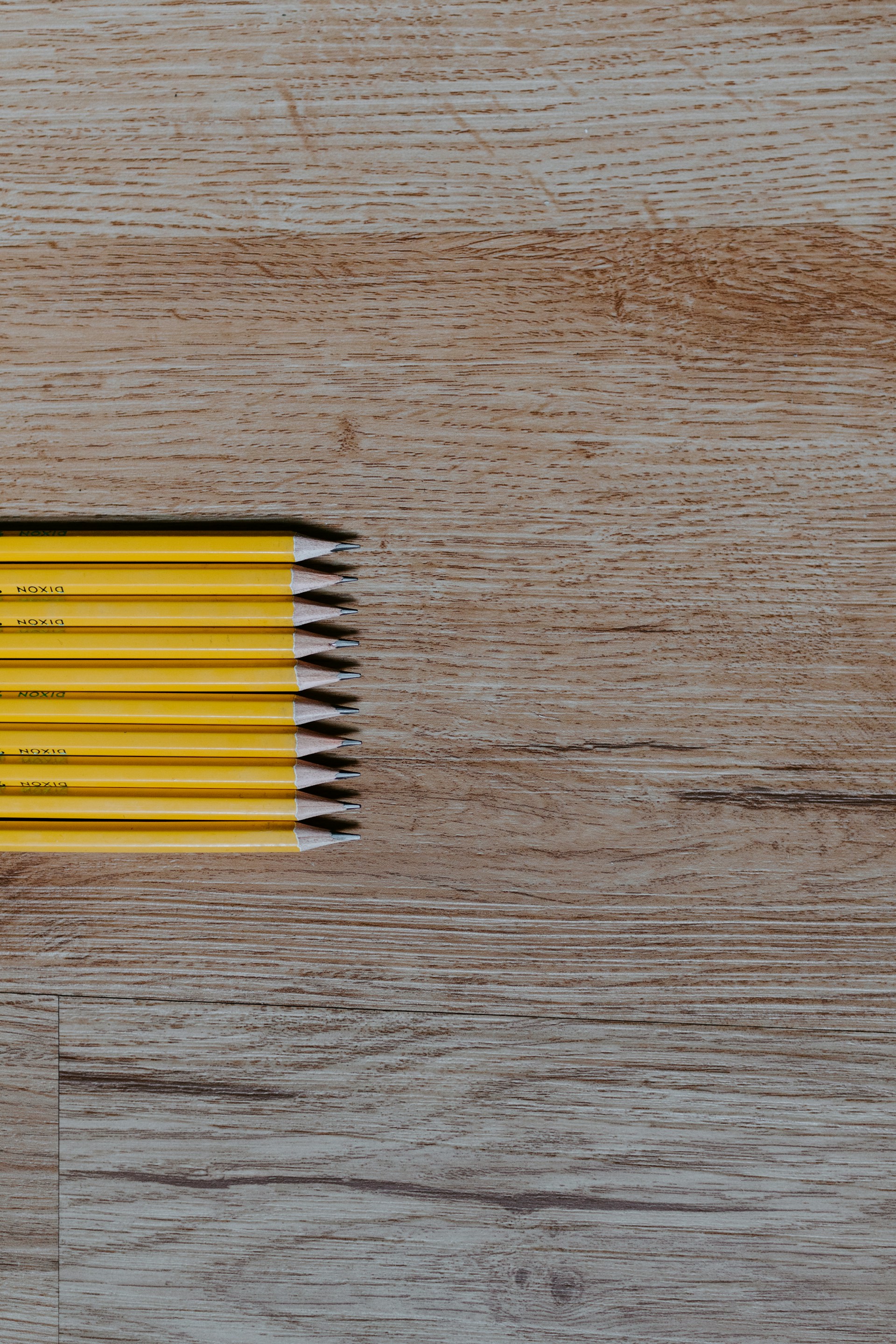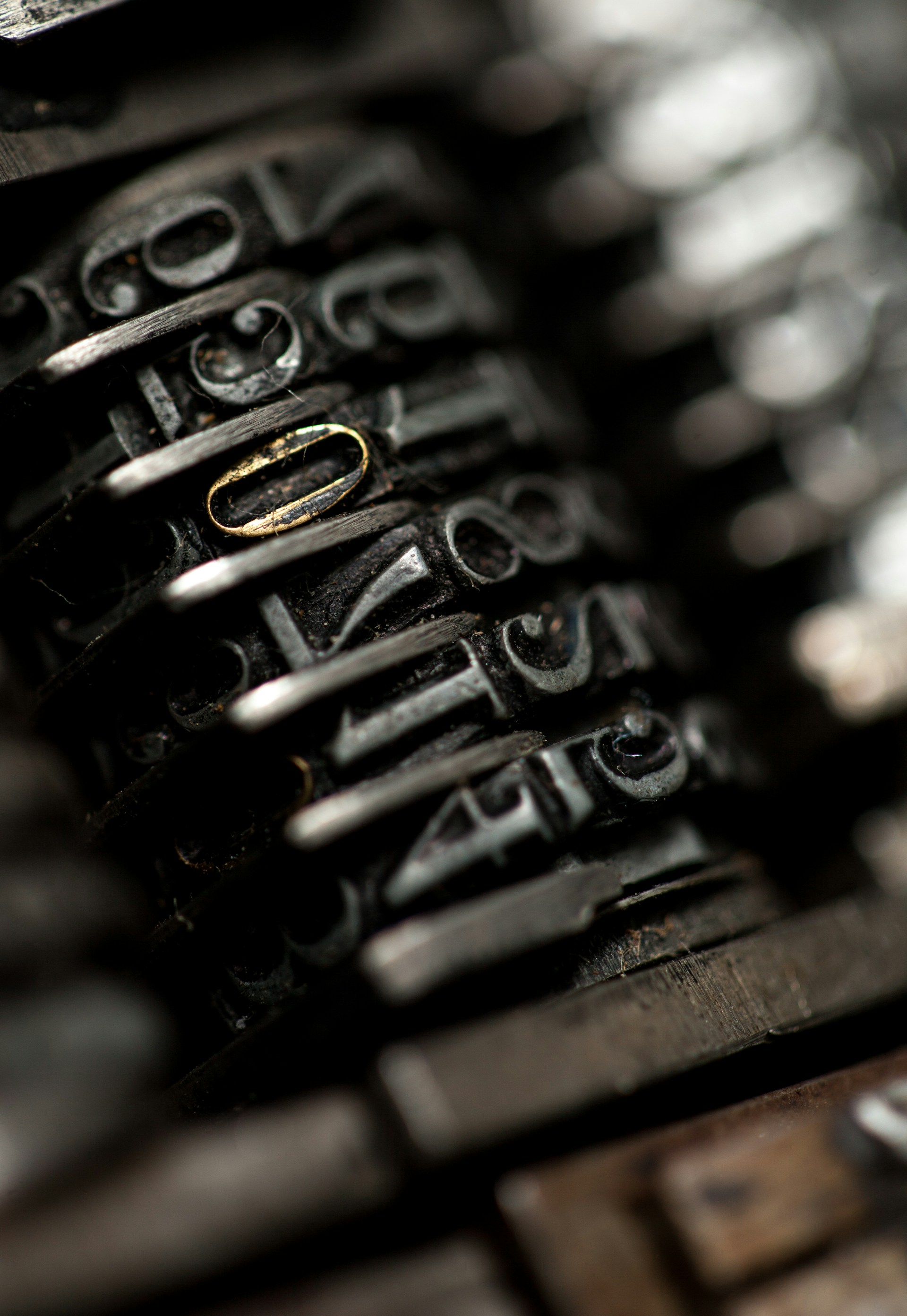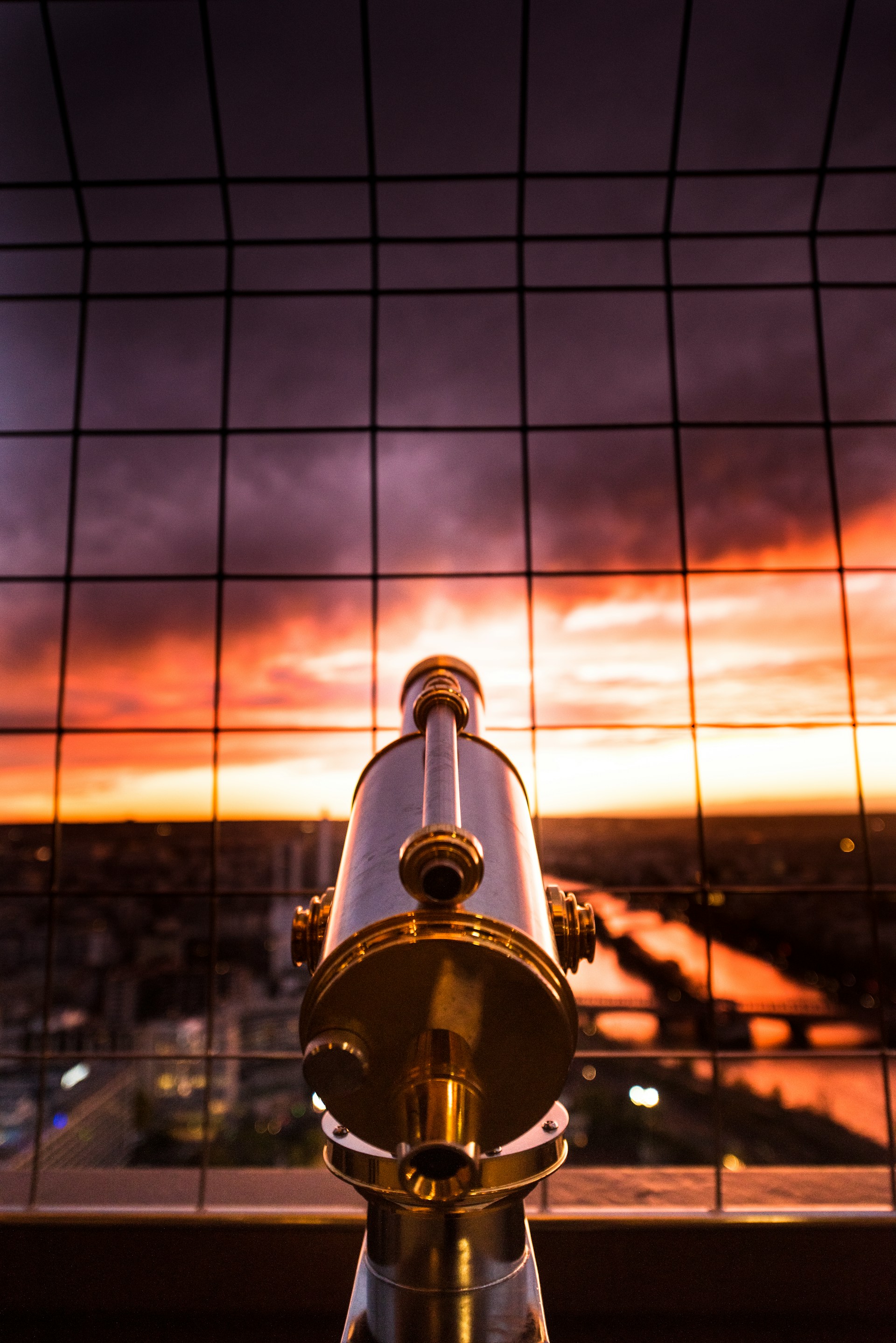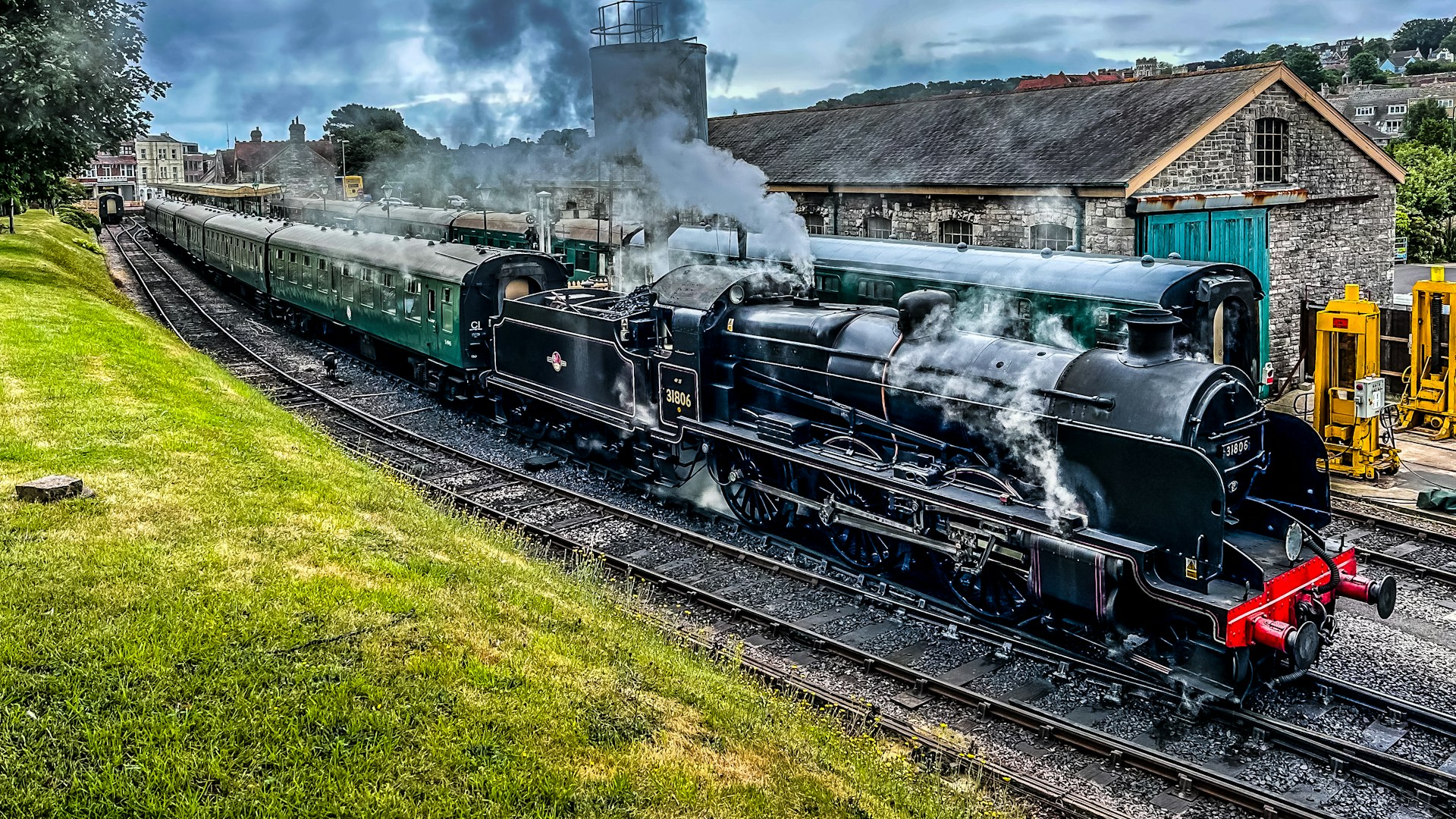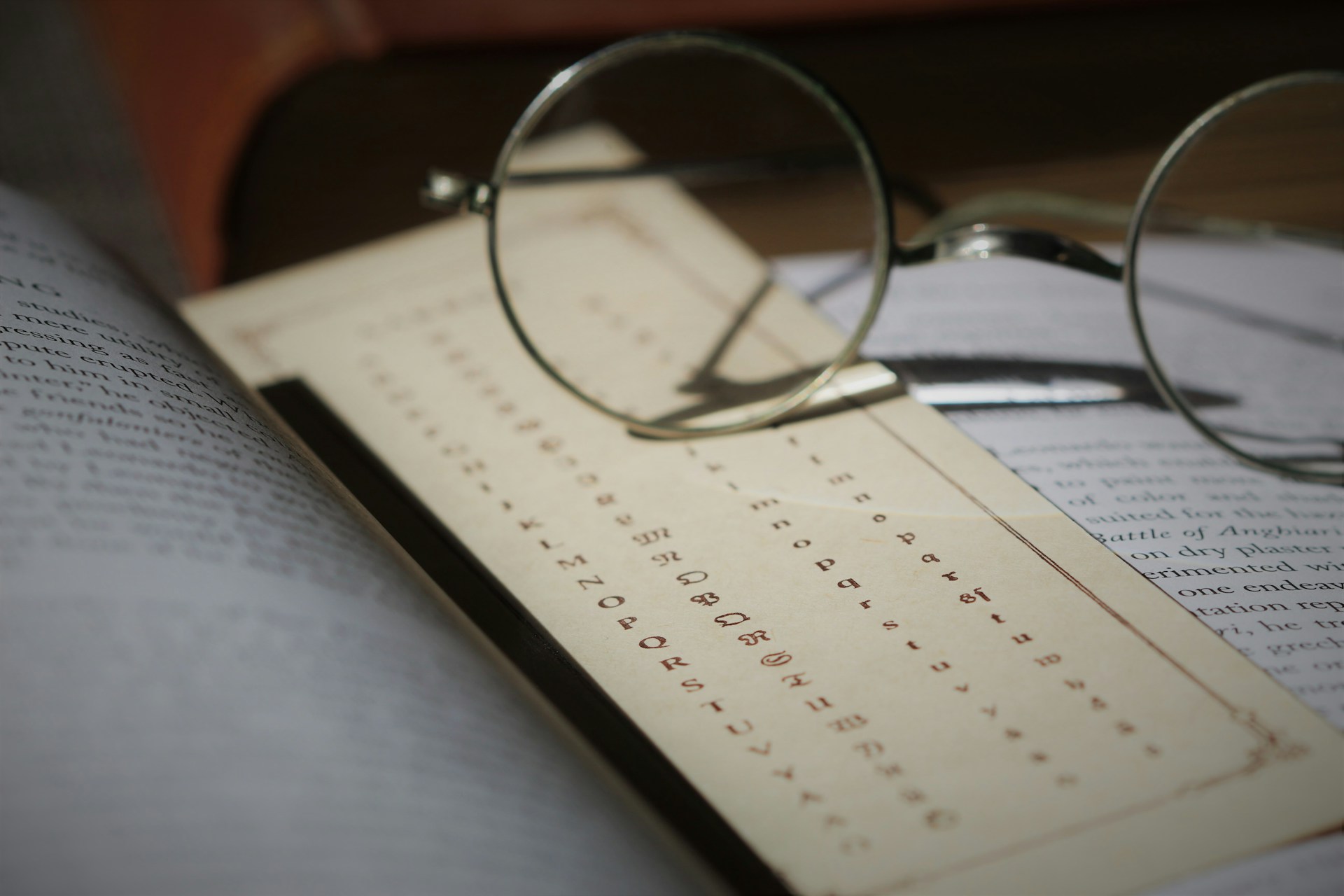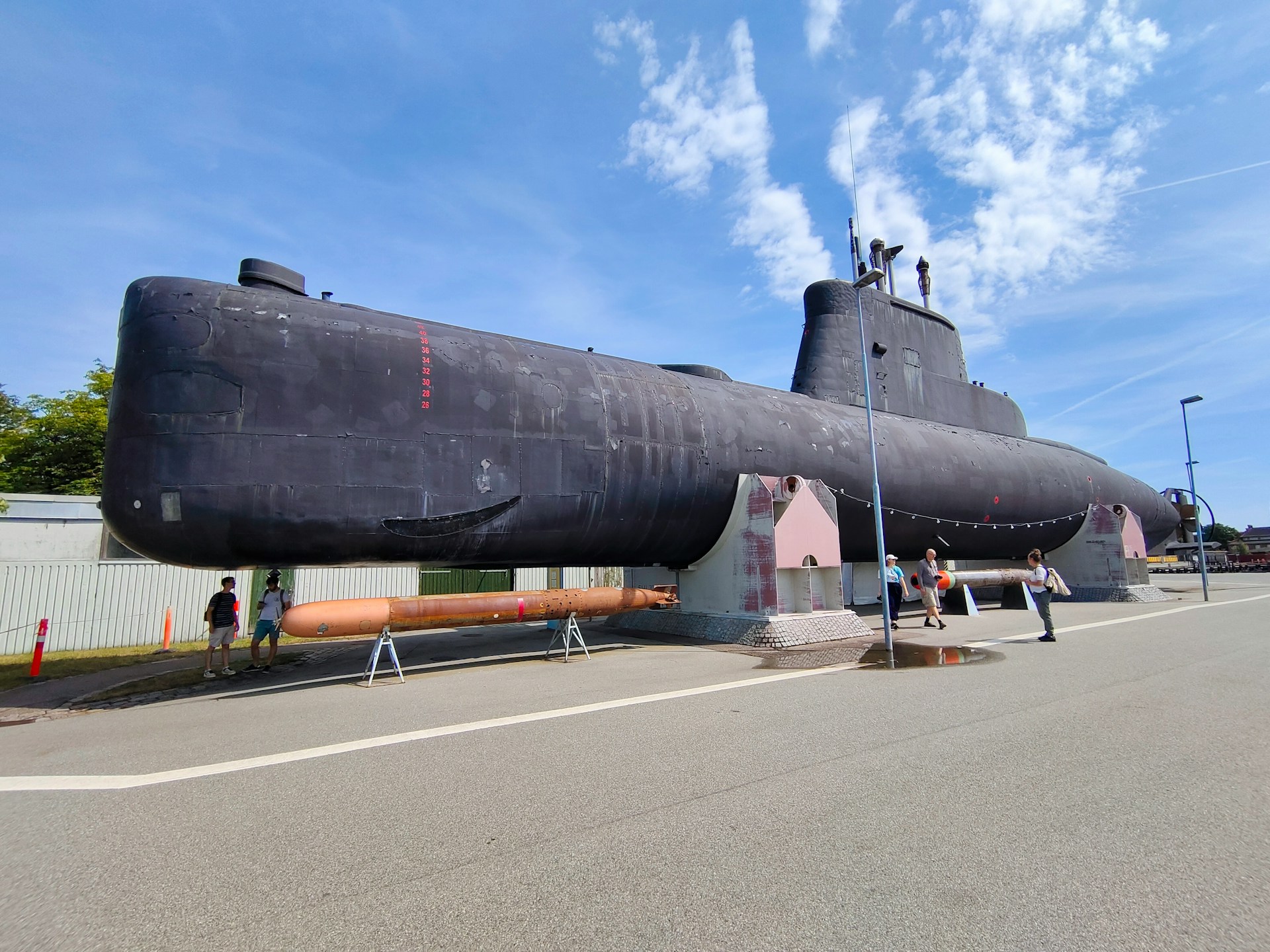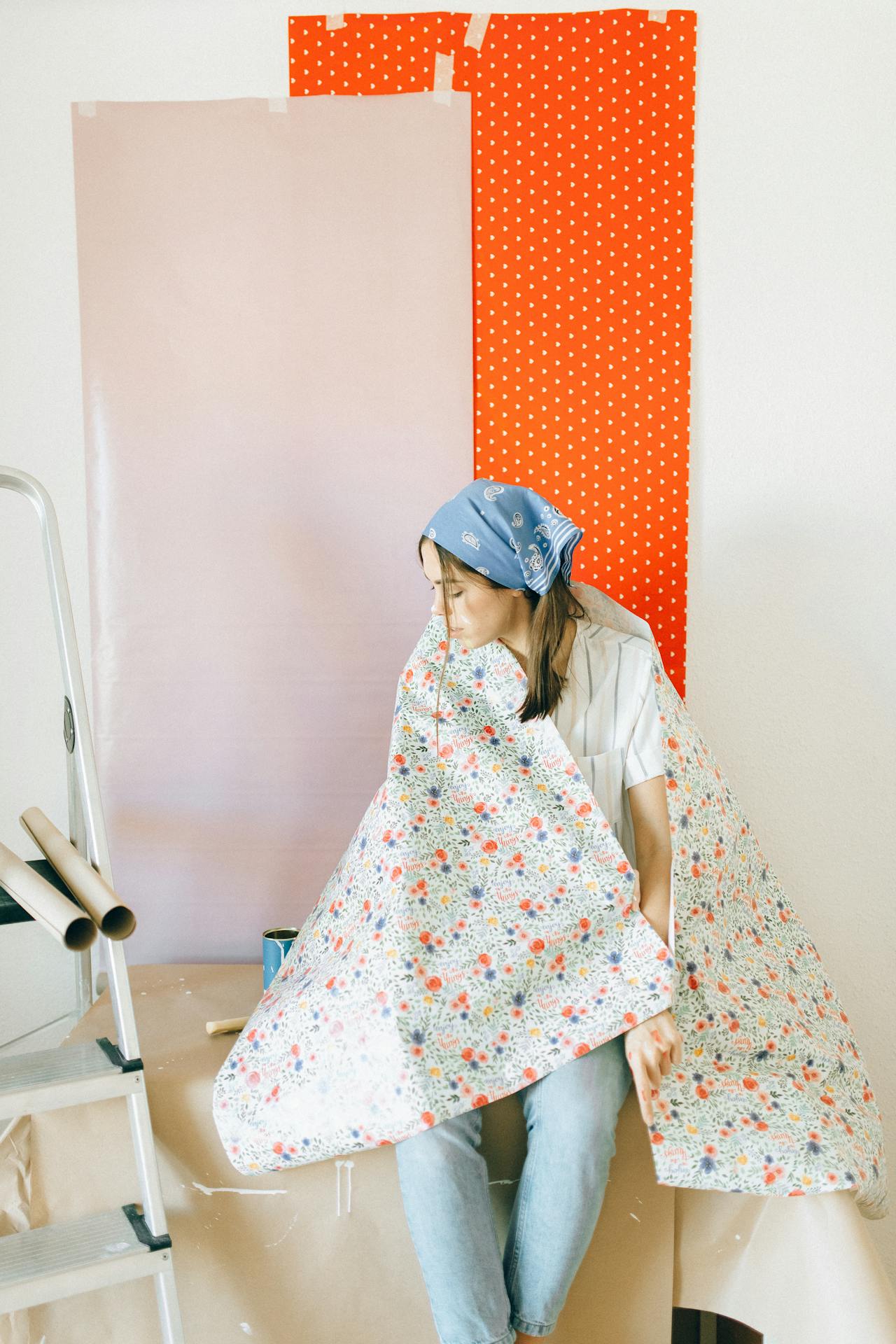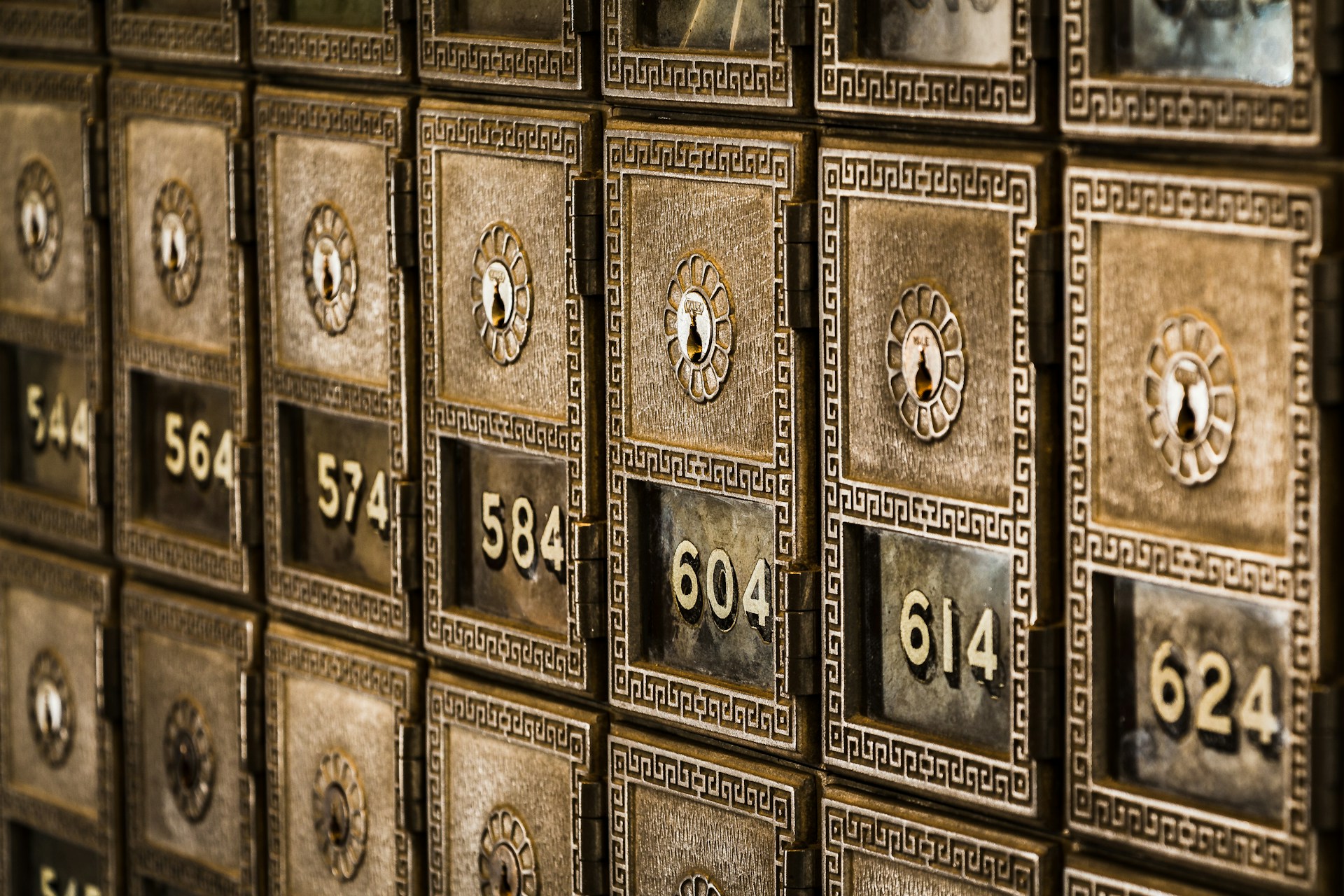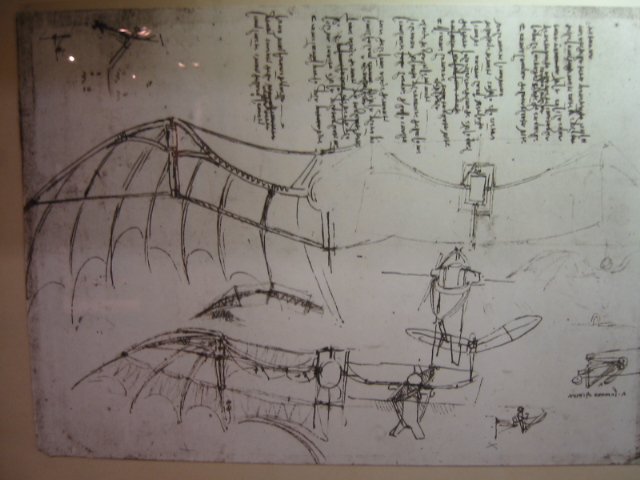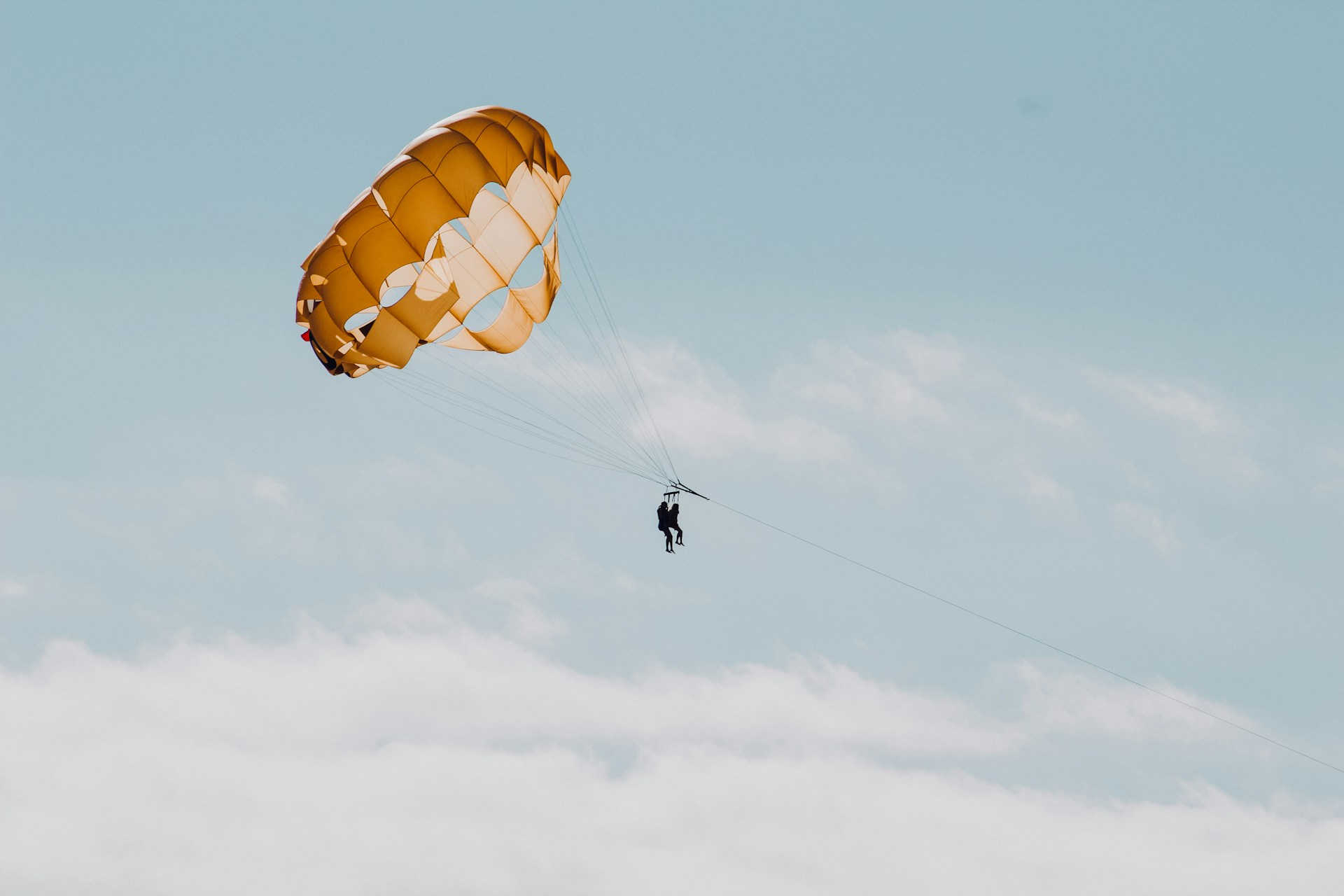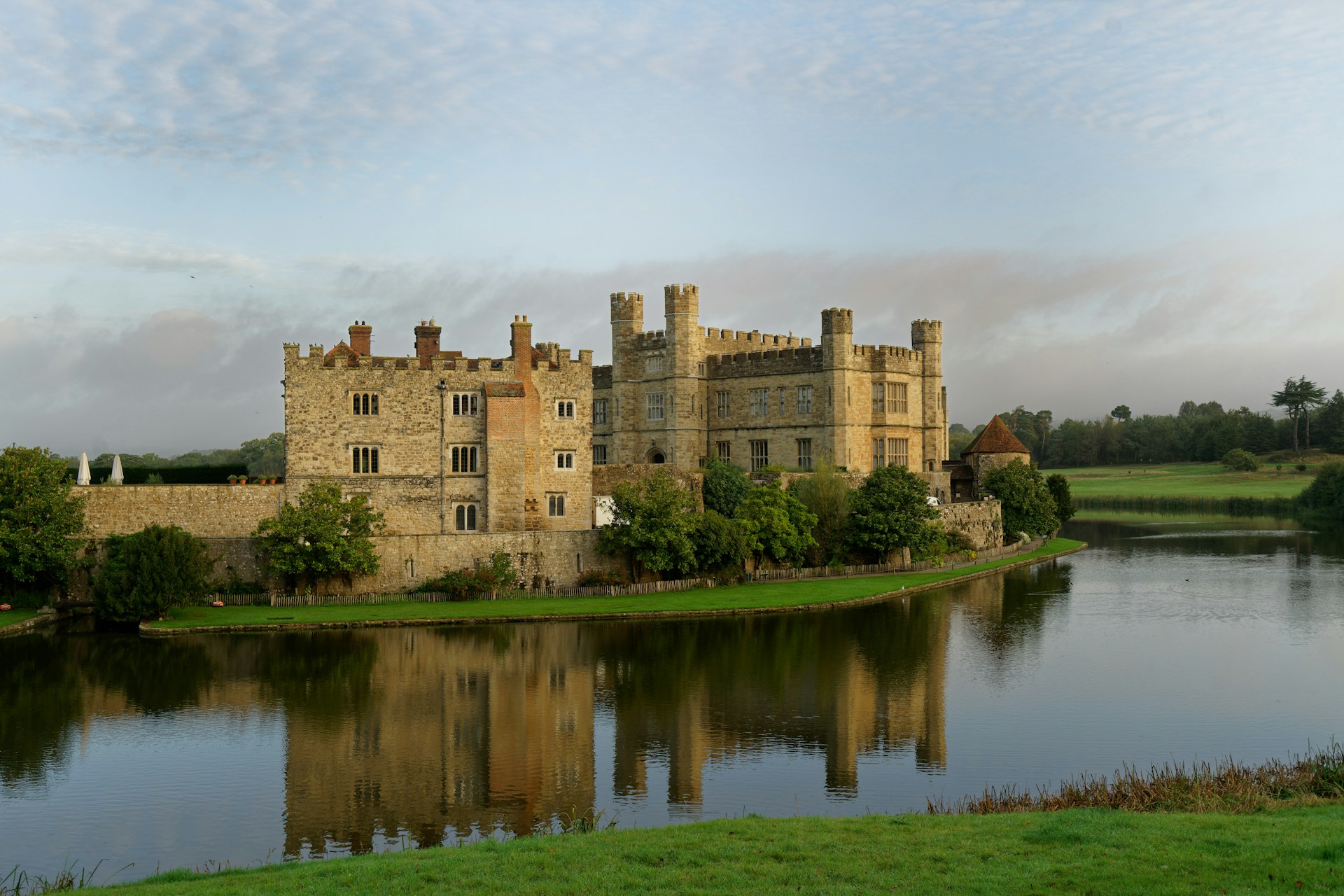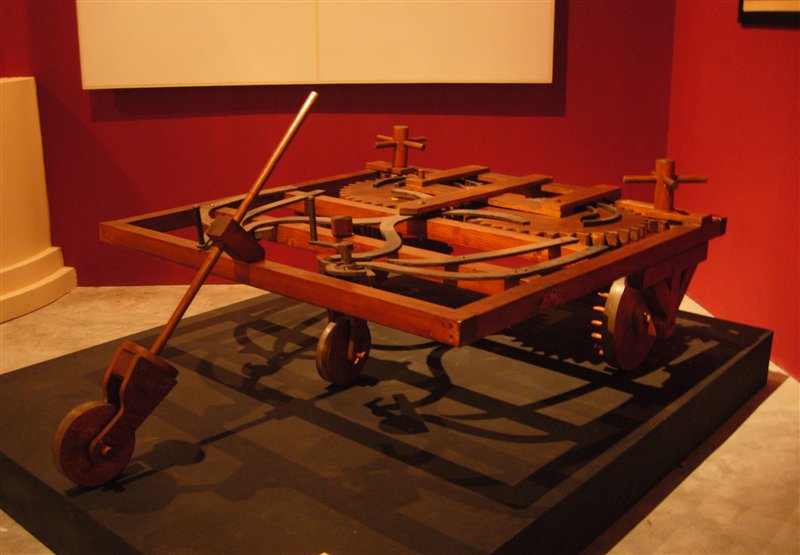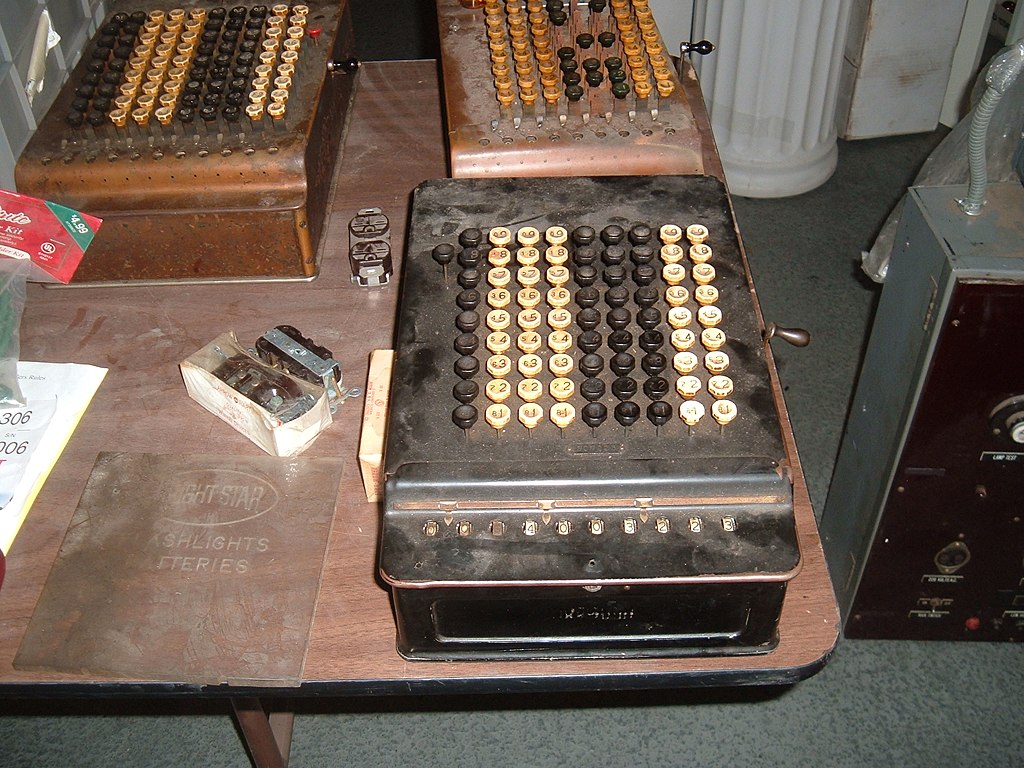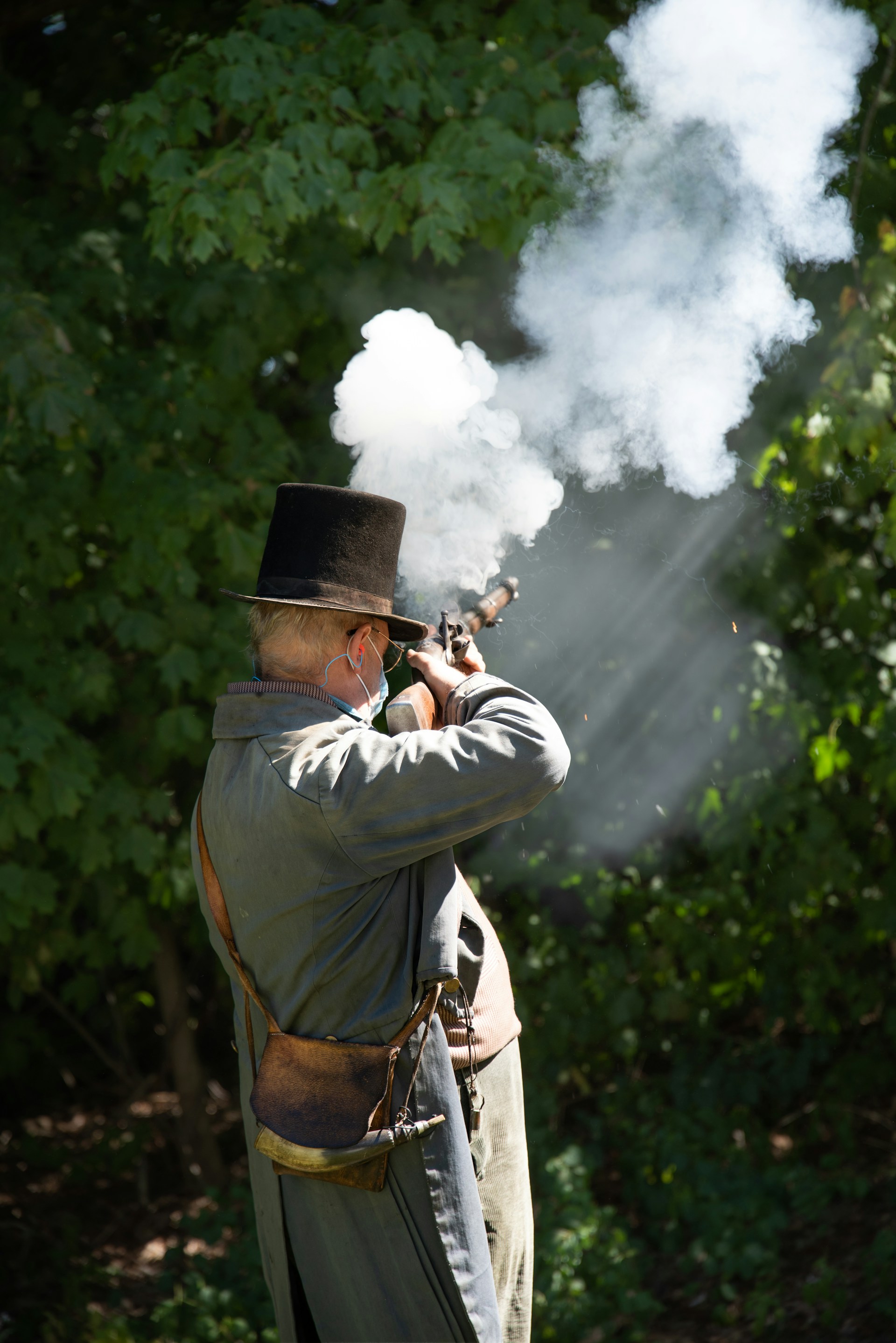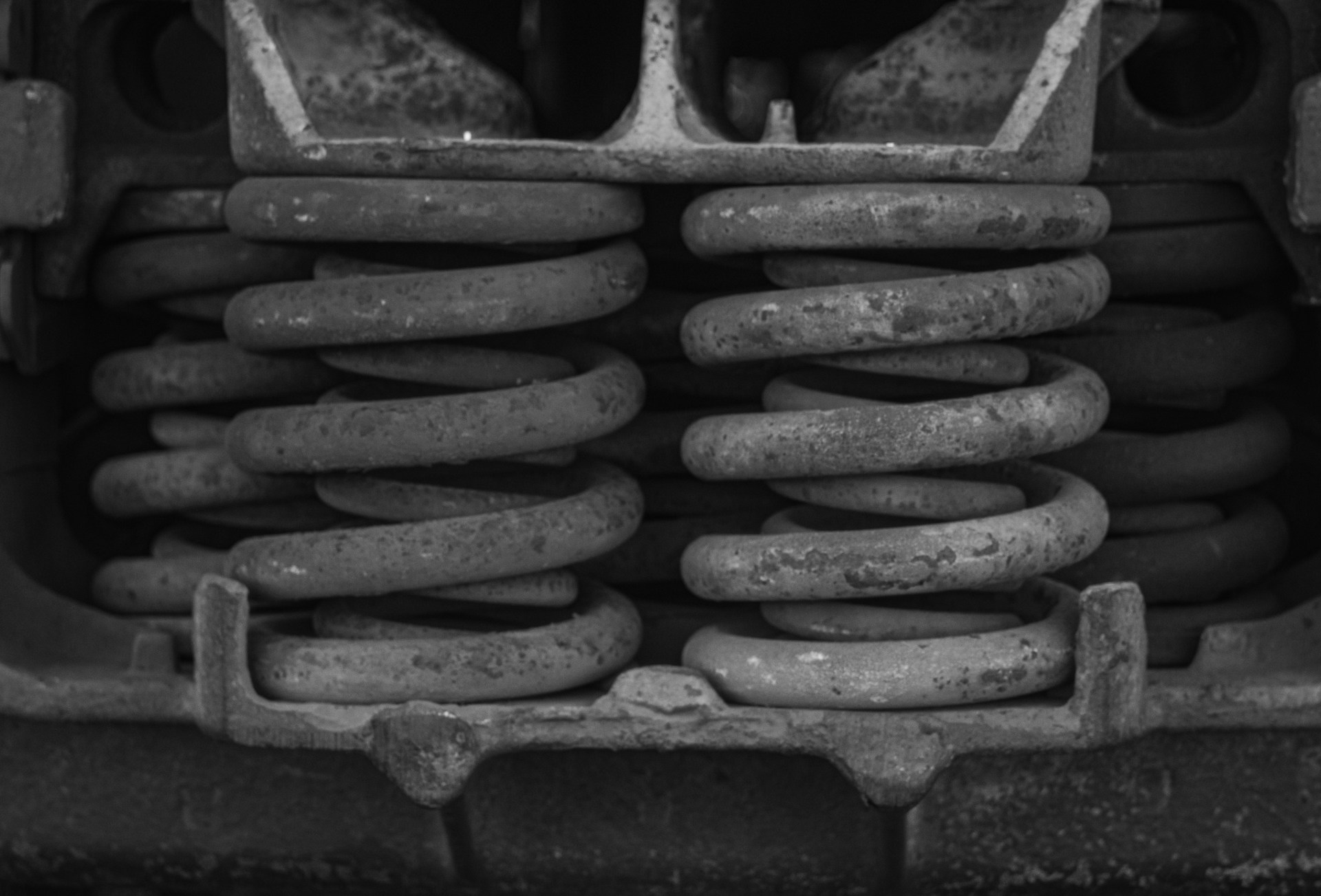It Was An Era Of Epic Creations
The Renaissance is an era of artistic, philosophical, and scientific breakthroughs. With Leonardo Da Vinci mind-blowing Europe with his prototype designs and life-changing discoveries, the Renaissance was a significant time for inventions. From flushing toilets to the telescope, you’ll be amazed at what was invented during this significant time in history.
1. The Pencil
The humble but mighty pencil! This commonly used drawing tool should not be taken for granted. The first pencil was created by the Bernecotti couple who placed graphite into hollowed-out sticks. The graphite was messy but by placing it inside a juniper wood casing, carpenters could draw with graphite without dirtying their hands.
2. The Printing Press
We can send a Thank You card to Johannes Gutenberg for advancing human communication. With his invention of the printing press, newspapers, magazines, and books could be reproduced relatively quickly. Before the Gutenberg Press, it was mostly the scribe work of monks who slowly produced paperwork.
3. The Microscope
The invention of the microscope changed the way we could understand and cultivate the world. Credit is given to Zacharias Janssen who created the first device from a prototype he designed with his father. It was made with two lenses, one to pick up the microscopic image and one to magnify it for the human eye.
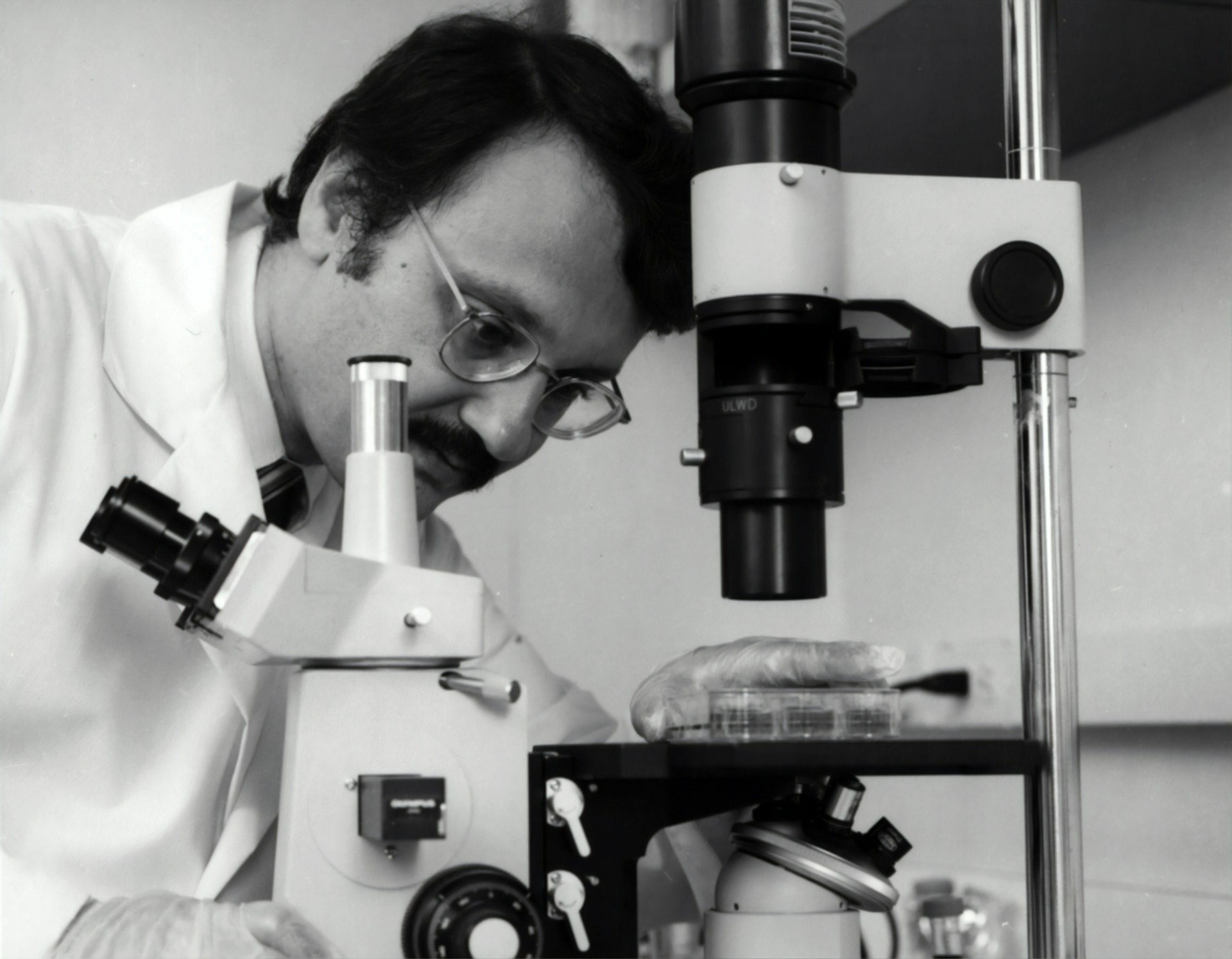 National Cancer Institute on Unsplash
National Cancer Institute on Unsplash
4. The Telescope
Hans Lippershey invented “seeing things far away as if they were nearby” with his powerful looking device in 1608. A year later, Galilei took the telescope a step further with the ability to see well enough into space to uncover findings about the universe.
5. Steam Engines
The steam engine is considered to be one of the most important inventions leading up to the Industrial Revolution. Major developments were made in transportation, manufacturing, agriculture, and mining. The first effective steam engine was made by engineer Thomas Savery but another Thomas, Mr. Newcomen, made a safer version that was used for over 50 years.
6. The Pendulum
Although there is a record of clocks existing in the 1300s, Galileo discovered the pendulum which improved the constant movement of the hands on a clock. Mechanical clocks once made errors by minutes, the pendulum only had minor errors in seconds.
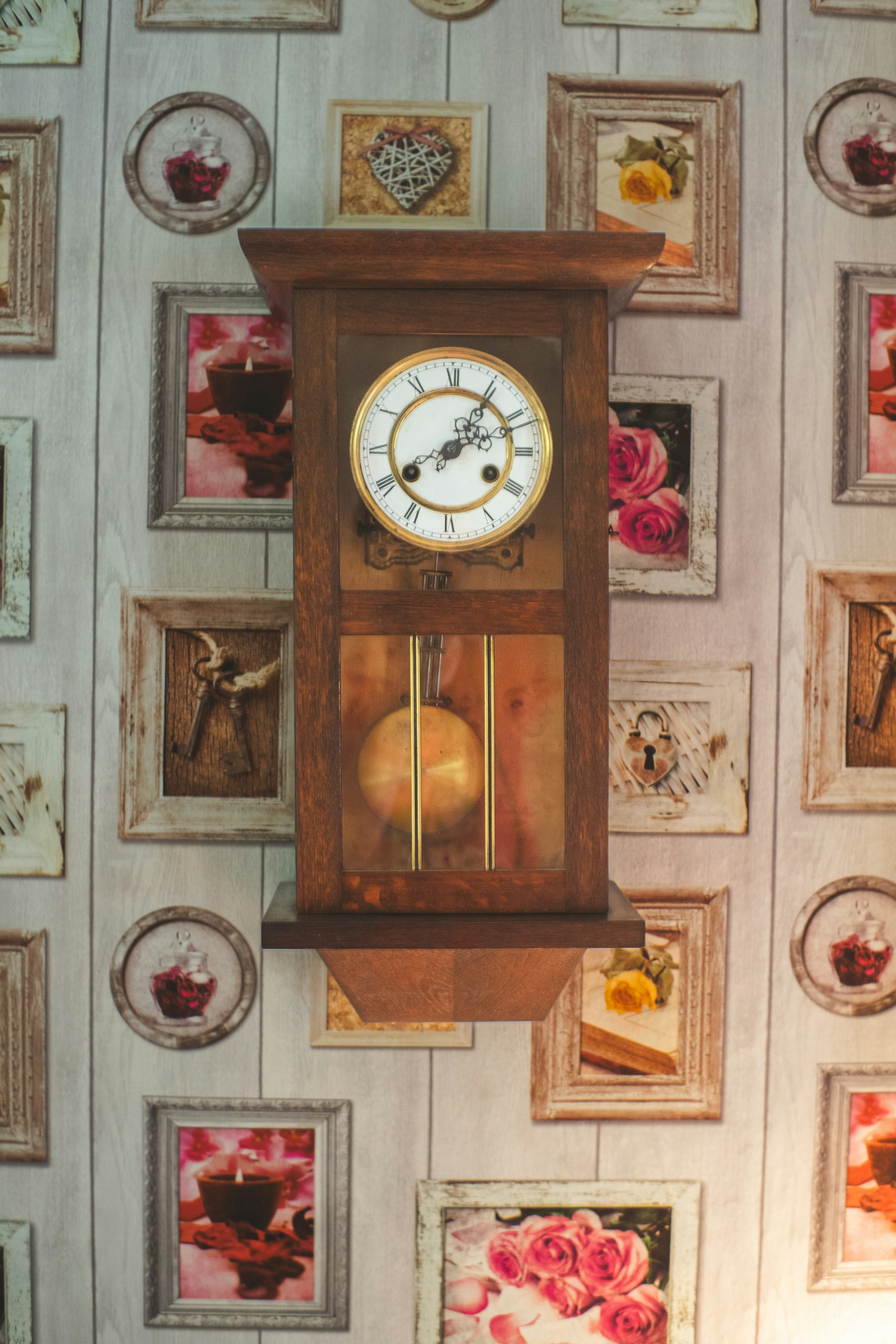 Patrick von der Wehd on Unspla
Patrick von der Wehd on Unspla
7. Eyeglasses
Until the invention of the printing press, eyeglasses were rare and only worn by wealthy noblemen or well-read Italian clergy. Once people owned books, glasses became more common. Graded lenses were brought into place in the 1600s which improved the trial-and-error method of finding a pair that suited the wearer’s sight.
8. The Submarine
The first mention of the many genius inventions of the great Leonardo Da Vinci is the submarine. He secretly kept his drawing plans to himself because he didn’t want to advance the horrors of war further. Many different designs of underwater boats have been developed since then leading up to the advanced submarines we have today.
9. Wallpaper
Before the invention of wallpaper, only royalty decorated the walls of their castles. When paper mills came into operation in England in 1496, wallpaper was born. Wallpaper used to be hand-painted or stamped with wood blocks or stencils.
10. Ice Cream
Others will claim this delicious frozen treat, but there’s evidence that ice cream was very popular in Florance during the Renaissance. Bernardo Buontalenti wanted to impress the visiting Spanish royalty with his preservation of the tastiest frozen dessert. He discovered how to whip up chilled cream out of dairy and eggs with his infamous flavors of bergamot, lemon, and orange.
11. Banking
Basically, the first government-approved pawnbroker was established to help out struggling farmers. Money was loaned to them at reasonable rates, using personal possessions and property as collateral. Constructed in 1472, Monte dei Paschi di Siena is the world’s oldest operating bank.
12. The Flying Machine
Da Vinci’s first aviation invention took flight in the Renaissance. With inspiration from birds, bats, and kites, he drew mechanical plans for a two-winged flying machine. His plane had a wingspan of 33 feet and a frame made from silk and pine to keep light but sturdy.
13. The Parachute
Da Vinci does it again with another flying invention. Although it was never built or tested himself, his detailed sketch explained it all. He proposed a triangular canopy rather than the modern rounded parachute we see today. His sketch was proved to work smoothly when Adrian Nichols tested his prototype in 2000.
14. Revolving Bridge
Leonardo designed a mobile bridge for Duke Sforza and his army. The bridge could swing across a river or moat that the soldiers could easily walk across. Fixed with wheels, a rope-and-pulley system, and a balancing tank, this transportable bridge was well ahead of its time.
15. Giant Crossbow
The giant 27-yard crossbow was a clever design with human psychology in mind. Da Vinci knew that the fear of weapons was often more powerful than the damage they could cause. Although it could launch flaming bombs or large stones, it was designed for intimidation in the hopes that the opposing army would flee rather than fight.
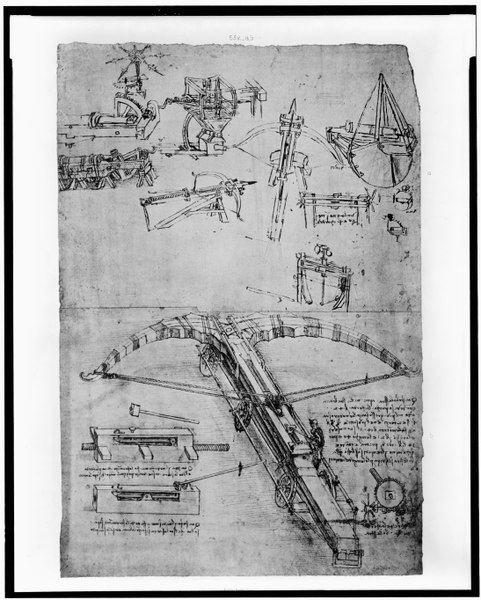 Library of Congress on Wikimedia
Library of Congress on Wikimedia
16. The Self-Propelled Cart
It’s a new car! Da Vinci designed the first cart that could move without being pushed before any motorized vehicle was ever dreamed of. His cart was fixed with a balance wheel that mocked the mechanism of a clock and it could drive on a pre-programmed path automatically.
17. Flush Toilet
Sir John Harington, the godson of Queen Elizabeth, invented the first flush toilet during the Renaissance period. It wasn’t widely known because his new potty design was laughed at by his mates. Jokes on them because they had to use outhouses and chamber pots until flushers were reinvented 200 years later.
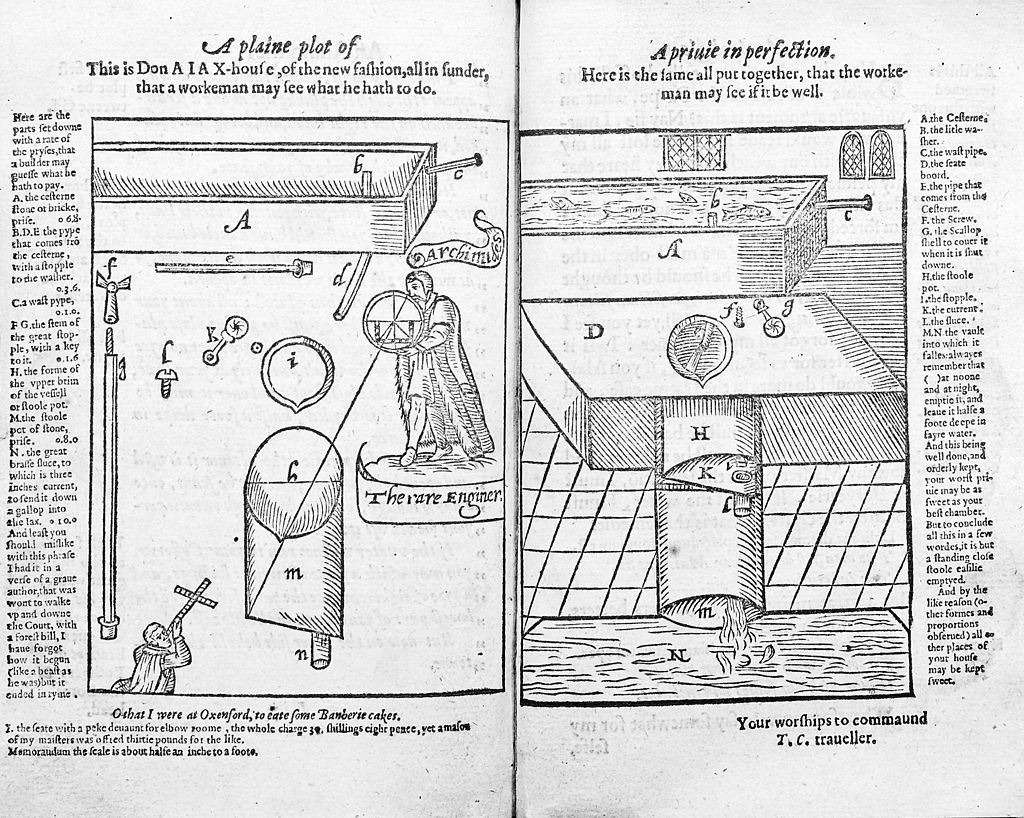 Wellcome Collection gallery on Wikimedia
Wellcome Collection gallery on Wikimedia
18. Adding Machine
French mathematician, Blaise Pascal, invented the first digital calculator at 18 years old. You couldn’t quite fit it in your pencil case but the large device could add and subtract by manipulating its wooden dials.
19. Gun Powder
Muskets and canons became ideal warfare weapons during this period thanks to the invention of gunpowder. Although gunpowder was first discovered by the Chinese and not for weapons, its first European appearance was in the Renaissance armies.
20. Springs
The simple spring design is the reason for many moving parts in all kinds of machinery. From pocket watches to robots, springs are valuable parts of mechanisms. The first spring was introduced in the Renaissance and quickly advanced with the development of clocks and watches.
KEEP ON READING
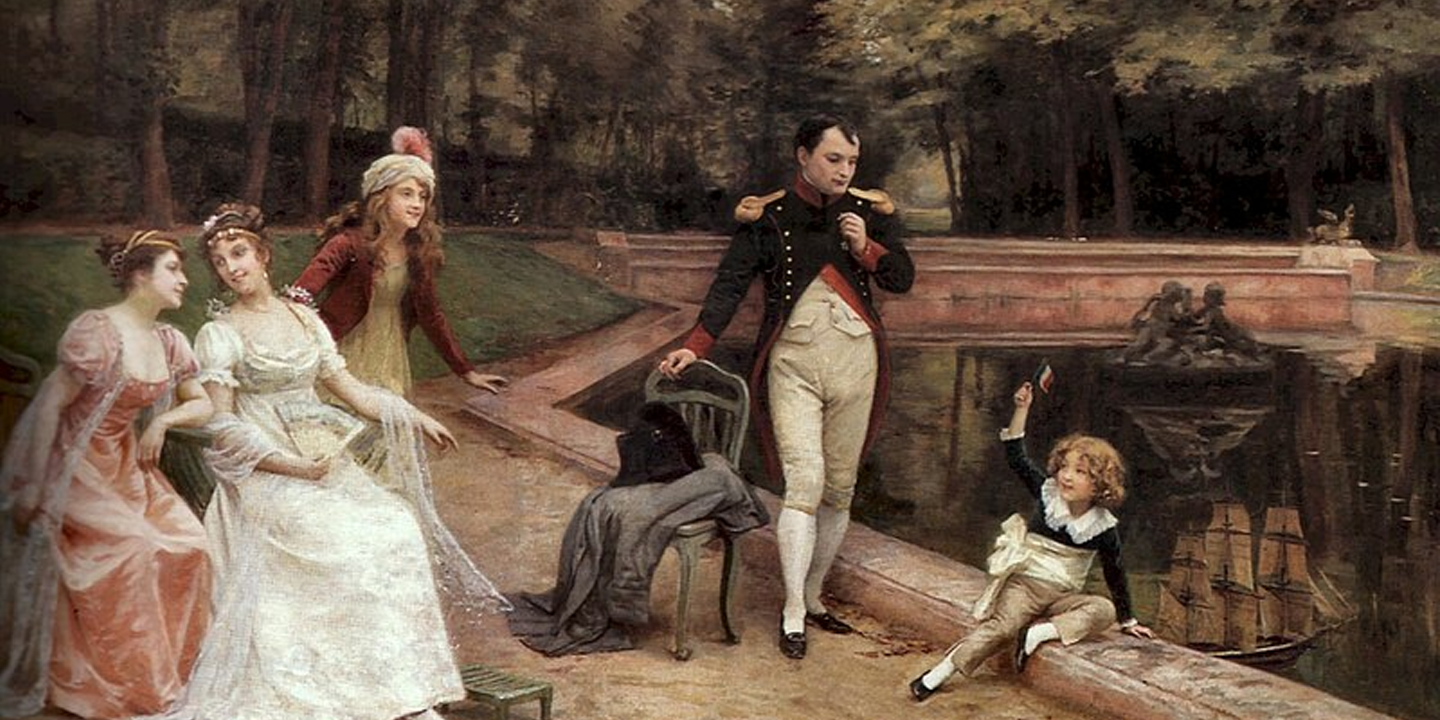
The 20 Most Recognized Historical Figures Of All Time
The Biggest Names In History. Although the Earth has been…
By Cathy Liu Oct 4, 2024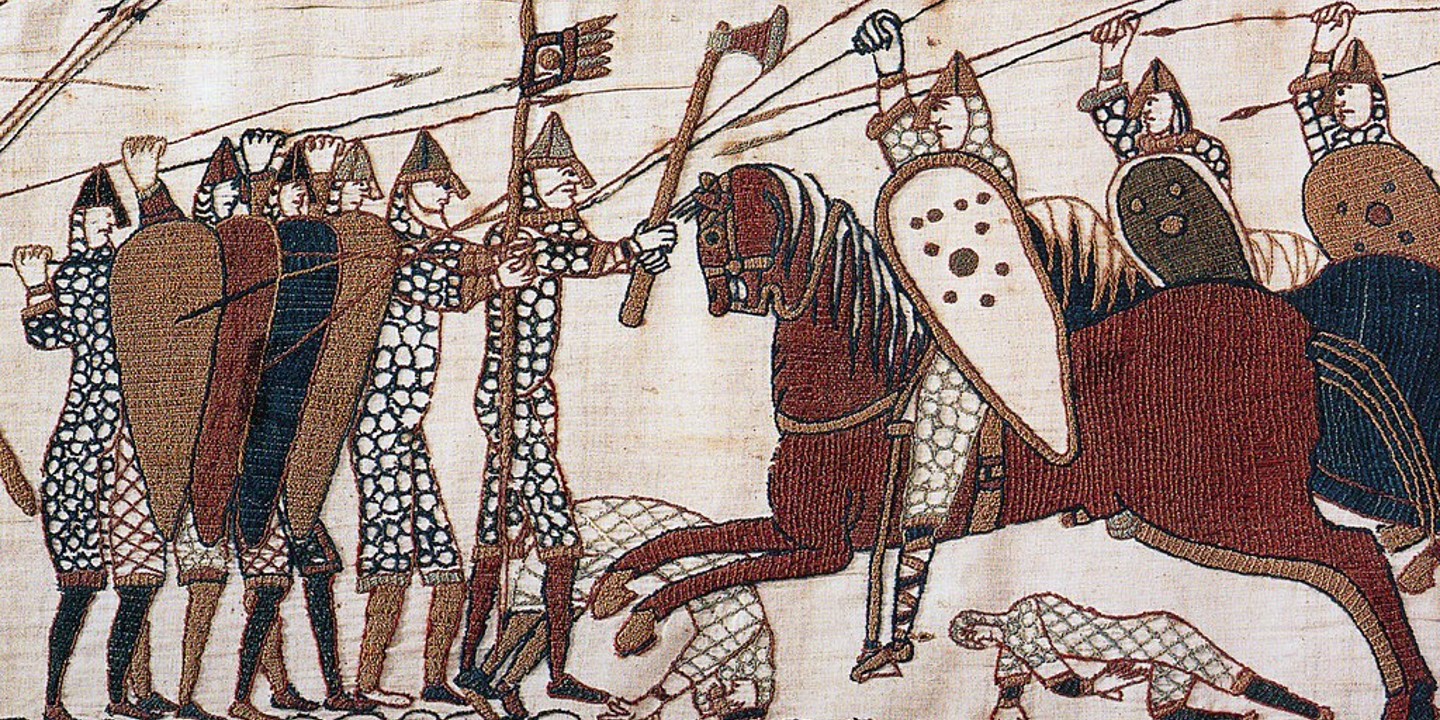
10 of the Shortest Wars in History & 10 of…
Wars: Longest and Shortest. Throughout history, wars have varied dramatically…
By Emilie Richardson-Dupuis Oct 7, 2024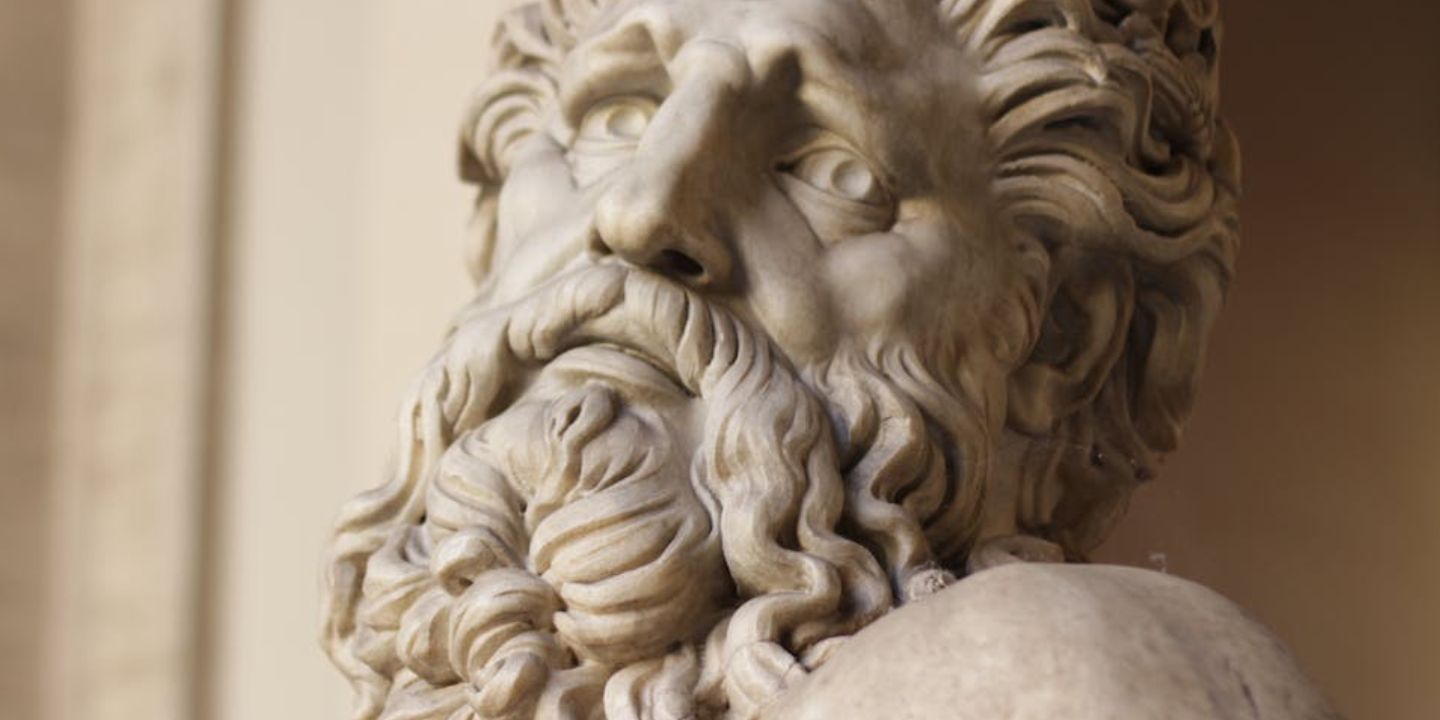
10 Fascinating Facts About Ancient Greece You Can Appreciate &…
Once Upon A Time Lived Some Ancient Weirdos.... Greece is…
By Megan Wickens Oct 7, 2024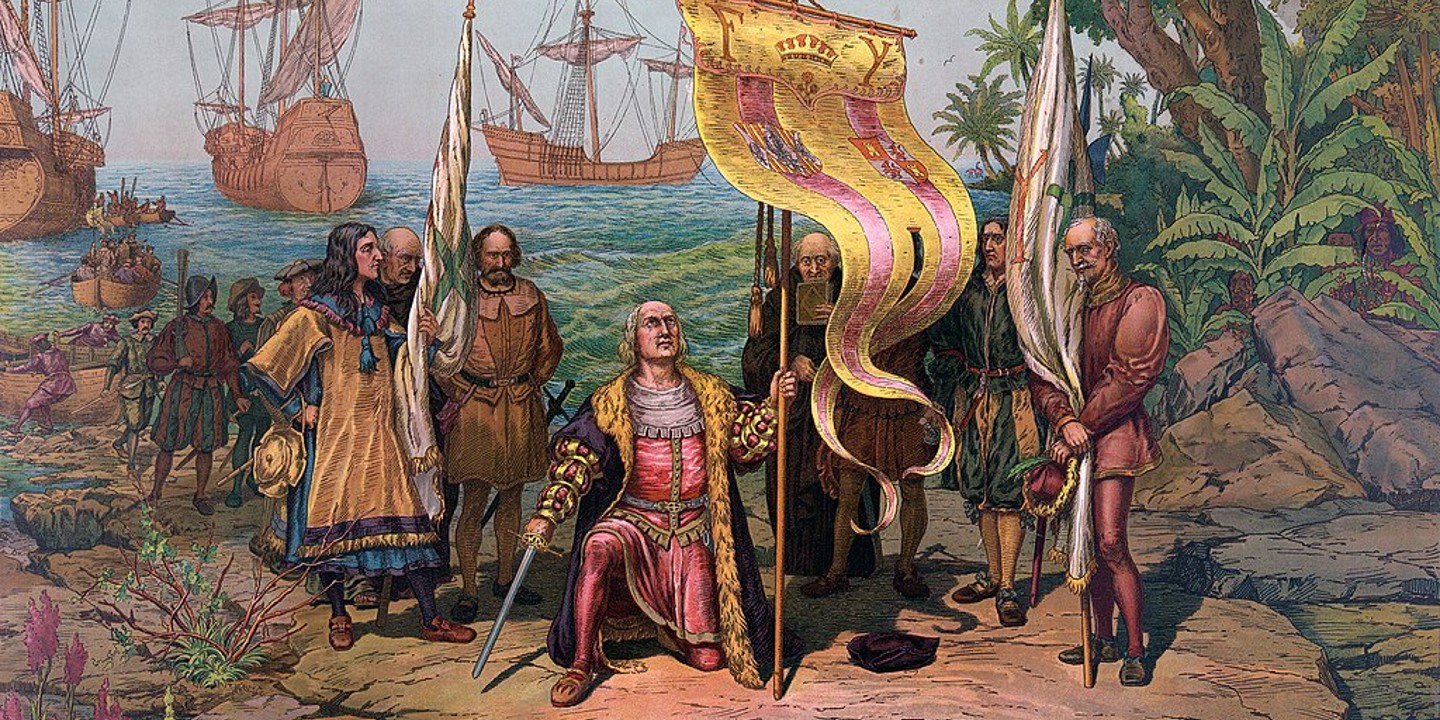
20 Lesser-Known Facts About Christopher Columbus You Don't Learn In…
In 1492, He Sailed The Ocean Blue. Christopher Columbus is…
By Emilie Richardson-Dupuis Oct 9, 2024
20 Historical Landmarks That Have The Craziest Conspiracy Theories
Unsolved Mysteries Of Ancient Places . When there's not enough evidence…
By Megan Wickens Oct 9, 2024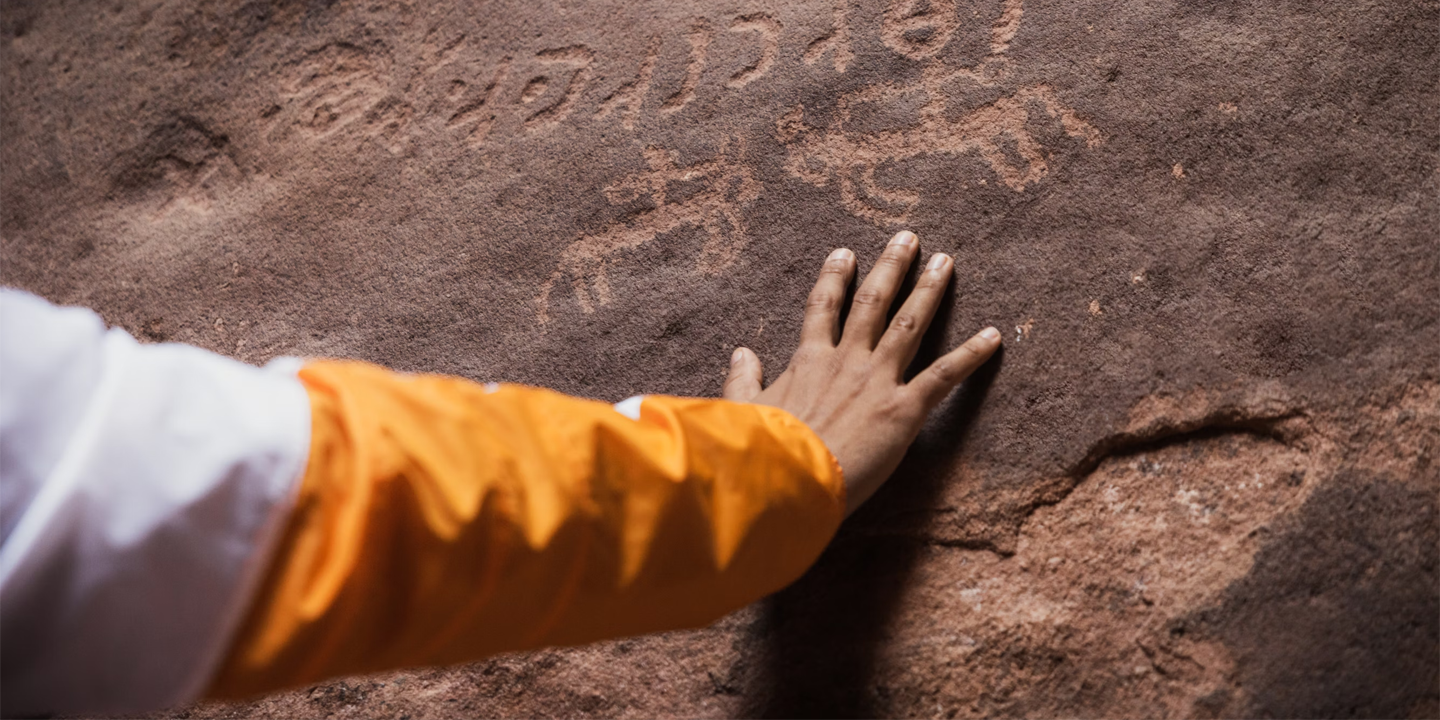
The 20 Craziest Inventions & Discoveries Made During Ancient Times
Crazy Ancient Inventions . While we're busy making big advancements in…
By Cathy Liu Oct 9, 2024

